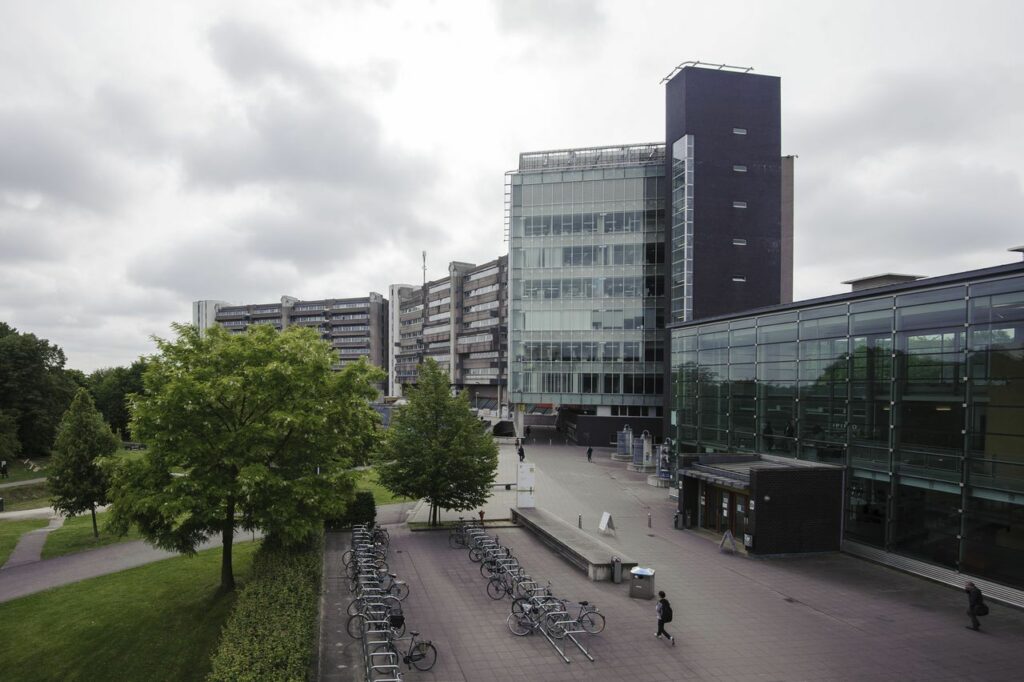Researchers at the Vrije Universiteit Brussel (VUB) and the École Polytechnique Fédérale de Lausanne (EPFL) have developed a new, “highly effective” method for rapidly testing the sensitivity of bacteria to antibiotics, VUB announced in a statement on Thursday.
This technique, known as 'optical nanomotion detection' (ONMD), detects the microscopic vibrations of bacterial cells, which are characteristic of living organisms.
The vibrations of the bacteria are captured on video and the individual movements of the cells are observed. “Thanks to this technique, we can obtain a result within two to four hours, instead of the current 24 hours for the most common pathogens and one month for tuberculosis,” Dr. Sandor Kasas of the EPFL said.
“Our technique is not only faster, but also simpler and much cheaper than all existing techniques,” adds VUB Professor Ronnie Willaert, also quoted in the release.
“It allows us to test the effect of antibiotics on bacteria with a simple microscope and a camera,” he explained.
“A simple mobile phone can even act as a camera, as the quality of a smartphone’s camera is more than enough to record the necessary videos.”

